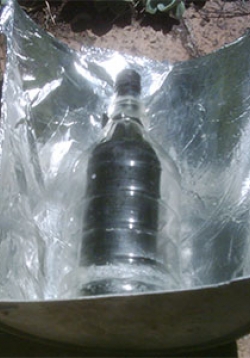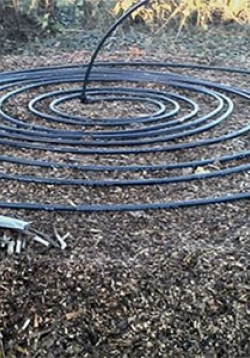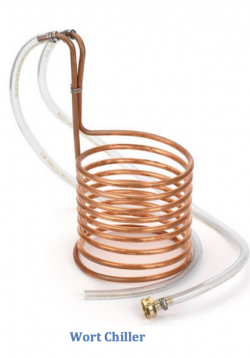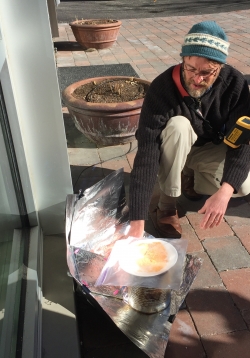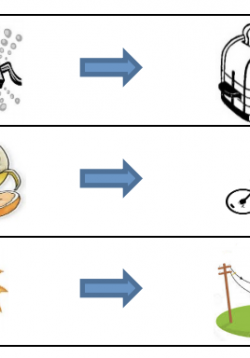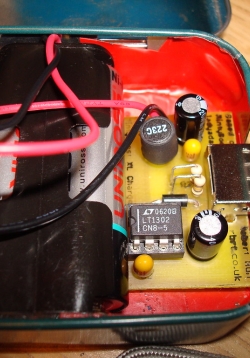Passive Solar Water Heating
Students retrofit milk jugs to absorb and retain the most solar energy. This process involves students collecting data that measures the impacts of different variables on the solar energy absorbed by each collection device. Students should be able to see...
Compost Bioreactor Design
Solar energy is available when the sun shines but energy can be supplemented at night by the release of energy during the composting of organic waste. In this activity, we will experiment with the feasibility of harnessing thermal energy to heat water with...
Bioreactor Water Circulation System
Solar energy is available when the sun shines but energy can be supplemented at night by the decomposition energy in a bioreactor. In this activity we will experiment with the feasibility of using heated water in a bioreactor to circulate it through a...
Manipulating Design Variables on Solar Heaters
Part 2 builds on part 1, asking students to design a solar heater that more effectively collects solar energy. Students are provided with various building supplies and are asked to change one variable from the standard to construct a new, more effective...
Creating the Most Effective Solar Heater
This part can be staged as a competition or simply a personal challenge to beat the standard solar heater created in part 1. During this stage of the lesson students are asked to analyze data and results from part 2 and identify which characteristics of a...
Introduction to Energy
This lesson will introduce students to each of the different types of energy using PowerPoint slides, partner activities, and hands-on experiences with different kinds of energy including: batteries (chemical), electrical circuits (electrical), motors (...
How much energy do YOU use?
Students will learn the difference between energy and power. They will then use this new understanding to compare the energy and power difference of light bulbs (incandescent, halogen, fluorescent, and LED) using a tool called a “Kill-A-Watt” meter....
Constructing a Solar-Powered MintyBoost USB Charger
Students will receive a background on solar energy, solar energy applications, and electrical circuit components. Students will then apply these concepts to a Home Energy Consumption worksheet and the construction of a Solar Module MintyBoost USB Charger,...

